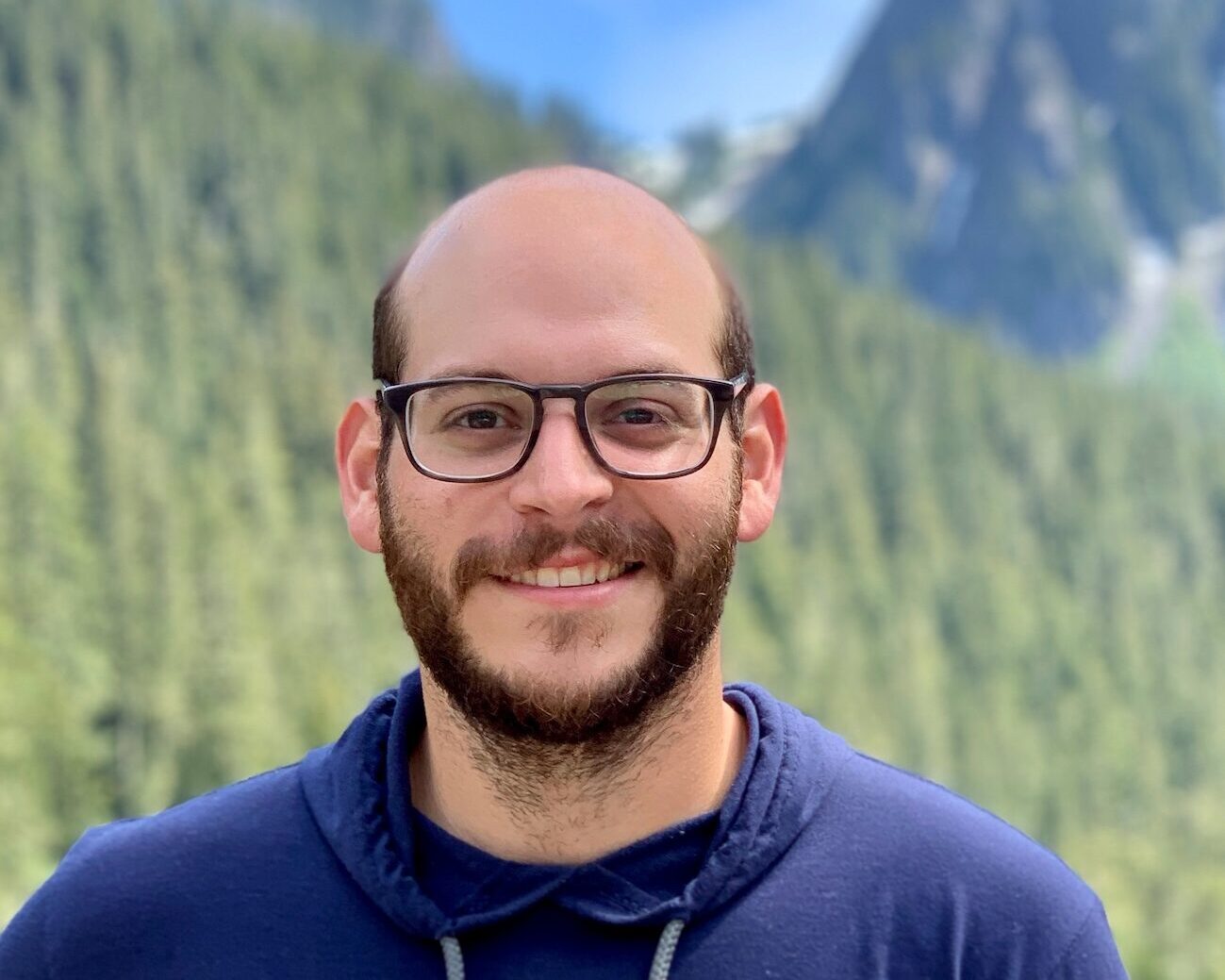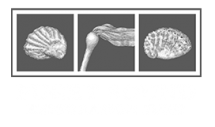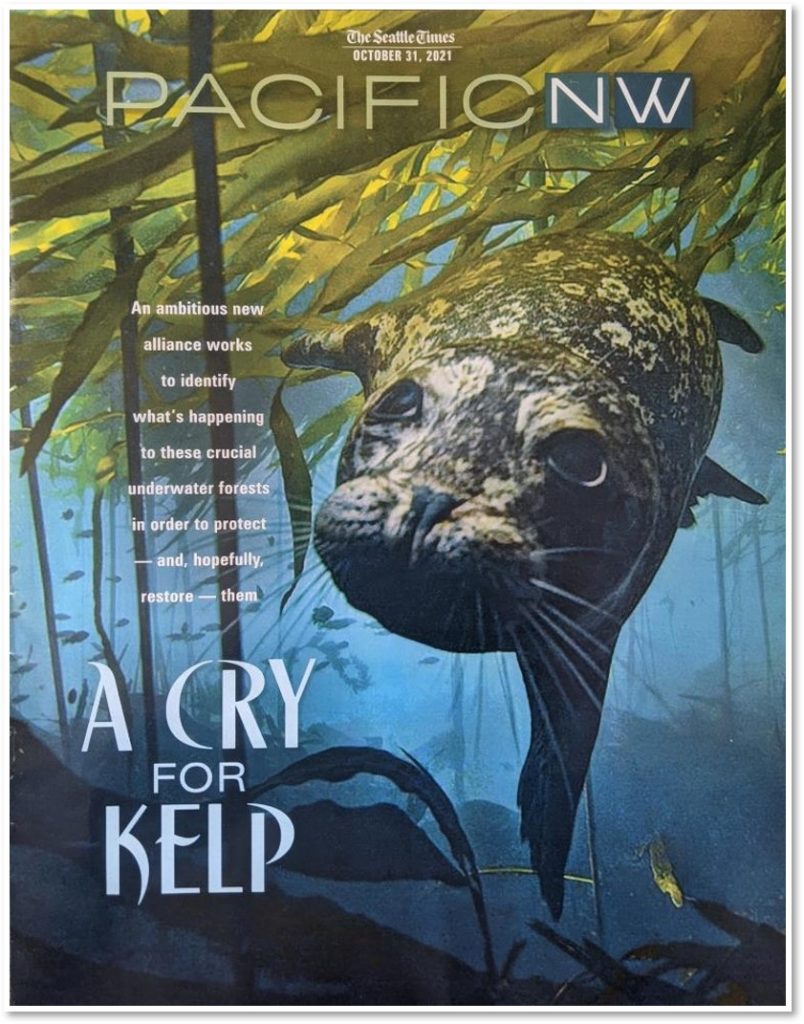Kelp forests are a valuable coastal habitat in temperate areas throughout the world. Bull kelp, Nereocystis luetkeana, is an iconic foundation species on the West Coast, forming extensive forests in nearshore, rocky habitats. These large, fast-growing kelps create forage and refuge habitat for a diversity of marine life, contributing greatly to the productivity and biodiversity of coastal marine ecosystems. In 2020, Puget Sound Restoration Fund, in partnership with several government agencies and nonprofits, developed the Puget Sound Kelp Conservation and Recovery Plan. This plan envisions a revitalized bull kelp population in Puget Sound, and outlines a path for getting there. PSRF is spearheading several actions called for in the Recovery Plan, with focus on the following 4 of 6 strategic goals identified in the Plan: Restore kelp forests (Goal #5), Describe kelp distribution & trends (Goal #3), Reduce stressors (Goal #1), and Promote awareness, engagement, and action from user groups, Tribes, the public, and decision-makers (Goal #6).
Our goal is to reverse declines of Puget Sound kelp forests and develop solutions to rebuild the essential habitat kelp forests provide.
Bull kelp, Nereocystis luetkeana, is an iconic foundation species of the West Coast, forming extensive forests in nearshore, rocky habitats. Characteristics of bull kelp include that it:
- Is a Puget Sound floating kelp species, along with giant kelp, found in the Strait of Juan de Fuca and along the coast
- Creates a living canopy structure – bulb & blades reach to the surface while a holdfast remains anchored to the hard bottom
- Resembles long whips with bulbs on the end
- Is an annual algae, so each spring a new generation of kelp emerges and grows to create the forest canopy
- Is a fast-growing species that thrives in cool, nutrient rich, high flow waters
Kelp forests are one of the most productive habitats on the planet, functioning as the carbon factories of estuaries. Puget Sound’s diminishing kelp forests provide key habitat for species throughout the marine foodweb. Kelp can grow into massive vegetative structures that feed and shelter numerous species from bacteria to mammals.
- Kelp forests are efficient absorbers of carbon dioxide
- As the forest grows, it absorbs nutrients, shelters fish, & attenuates storm surges
- Throughout its life cycle, kelp feeds salmon, rockfish & invertebrates
Kelp & Climate Change:
- Restoring kelp helps address climate change, by sequestering carbon dioxide from the atmosphere
- Sequestered carbon dioxide is stored for longer periods of time as it moves through the food web
- Bull kelp is vulnerable to warming seawater temperature
Kelp & Humans:
- Bull kelp forests have been a fundamental underpinning of life in the Salish Sea for thousands of years
- A connected ribbon of kelp forests fringing our nearshore waters has long supported people by providing safe canoe passage & an abundance of food sources
- First Americans followed a kelp-bound coastal route called the kelp highway
- The kelp highway is a life way, delivering a subsistence package of marine foods that enabled human travel, supported settlement, and sustains us to this day (Note: make sure to follow harvesting rules to help our kelp thrive!)
Major ongoing declines in floating kelp abundance have been documented throughout Puget Sound for several decades. The causes of these declines are uncertain. Likely factors include the following stressors and their interactions:
- Deterioration of water quality (excess nutrients & sediments), from runoff & shoreline development
- Rising seawater temperature
- Competition with other seaweeds, including invasive species
- Grazing by animals, possibly increased due to shifts in the marine food web caused by fishing or other perturbations
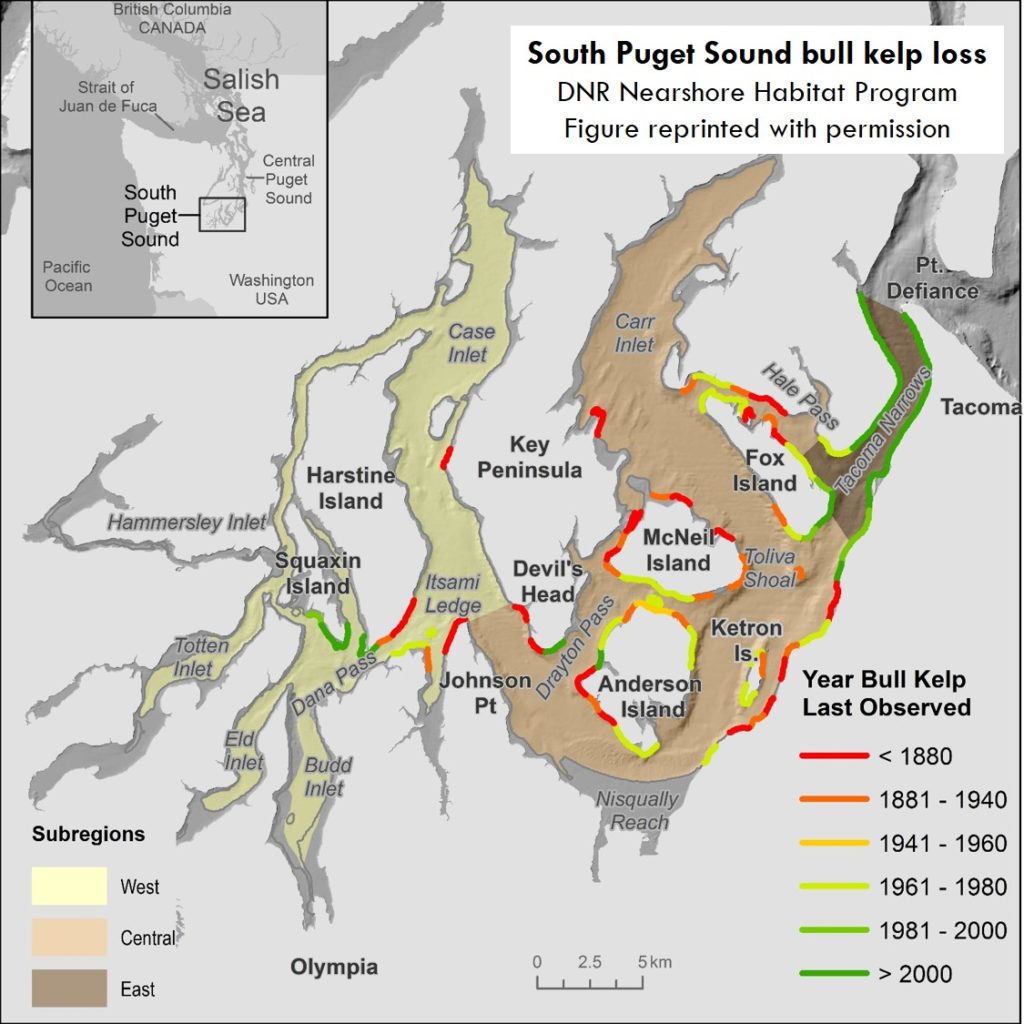
Kelp restoration is in its infancy. Techniques are still in the development stage and ecological mysteries are legion. PSRF is involved in numerous exciting collaborative projects, with more to surely come – reach out to us if you are interested in collaborating on this great work. Below, explore some of the many facets of our bull kelp recovery efforts. We have a wide-ranging program that that spans research, restoration, and engagement, in the lab and the field.
Experimental kelp outplanting
PSRF is developing restoration practices to recover the natural recruitment of bull kelp on a landscape scale in areas where bull kelp were found historically. Enhancement trials involve seed transfers and other manipulations to learn what works and what doesn’t to facilitate the recovery of bull kelp forests.
We have extensive work off of the Doe-Kag-Wats estuary and Jefferson Head, with support from NOAA and others. In 2020, bull kelp from our pilot-scale enhancement at Doe-Kag-Wats/Jefferson Head reached the surface – an event which has not been observed since the early 1990s. Across the water, at Smith Cove near downtown Seattle, we are part of a three-pronged habitat enhancement project that is part of the Port of Seattle’s Blue Carbon Initiative. In our kelp rebuilding, we focus on three facets:
- Observing natural recruitment to both natural and kelp-enhanced substrates;
- Investigating the effect of presence of adult bull kelp on recruitment of a second generation; and
- Evaluating the spatial gradient of kelp seed dispersal
Watch a short video of our 2022 kelp enhancement below and photos from our 2019 in-water work to get a glimpse into how we are testing our enhancement techniques!
Cultivation and Seed Banking at the Kelp Lab
Laboratory facilities at PSRF’s conservation hatchery at NOAA’s Manchester Research Station make it possible for us to research bull kelp propagation, genetics, and other questions about Puget Sound kelps and macroalgae. Our kelp lab is the springboard for our in-water enhancement projects. As of 2023, it is also the home to a bull kelp seed bank, built in close partnership with Dr. Filipe Alberto’s Lab at the University of Wisconsin Milwaukee. The bank currently contains material from 29 bull kelp collections made throughout the southern Salish Sea, with more collections slated for 2023 and beyond. The bank holds essential source material to produce seed for kelp restoration now and in coming years, and to conserve genetic material in perpetuity should local beds disappear. The kelp lab is also a place where we have produced sugar kelp seed for use in research and aquaculture. Want to dive in a bit further? Have a read of our newly completed Kelp Cultivation Handbook!
Index site monitoring
In 2020, PSRF launched an underwater kelp ecological survey program. While kelp forests are well-studied in open coastal environments, long-term underwater ecological studies of kelp forests in Puget Sound have been limited. This gap in ecological knowledge presents a serious roadblock to recovery; our program aims to fill that gap. Our protocol stems from the PISCO survey method and is adapted for the unique conditions of Puget Sound. Initially, PSRF and our partners surveyed kelp forests at four index sites in Central Puget Sound.
In 2022, we scaled up in a big way, with the launch of the Eyes on Kelp Initiative. Through this three-year, comprehensive kelp forest monitoring initiative, PSRF is establishing an expanded network of underwater kelp monitoring sites in Puget Sound with new powerhouse partners Reef Check Foundation, Marauder Robotics, and The Bay Foundation, and expanded partnerships with Tribal Nations, resource agencies and local communities, with support from the Paul G. Allen Family Foundation.
A Kelp Expedition to Collectively Highlight our Marine Forests
For 8 days in July 2021, over 180 participants, representing 40+ partner organizations participated in the first modern day Kelp Expedition in the waters of the southern Salish Sea. It was a way to see kelp forests up close, breathe life into the Kelp Plan and get to work. The expedition was designed to catalyze a broader effort to protect and restore our local kelp forests. The Expedition served to spotlight the importance of kelp forests, showcase coordinated actions across Tribes, agencies, NGOs and researchers, facilitate collaborative science and research to fill information gaps, share knowledge about kelp forests, and celebrate the role of kelp forests with communities throughout Puget Sound. Explore the comprehensive storymap made for the Expedition, watch the Kelp Lifeways videos commissioned for the journey (short, medium, or long versions), read The Seattle Times’ Pacific NW Magazine feature article.
PARTNERS & FUNDERS
- National Oceanic and Atmospheric Administration
- Benjamin and Margaret Hall Foundation
- Washington Department of Natural Resources
- Washington Department of Fish and Wildlife
- Northwest Straits Commission
- Port of Seattle
- Samish Indian Nation
- Suquamish Tribe
- Port Gamble S’Klallam Tribe
- Puget Sound Pilots
- Marine Agronomics
- University of Washington
- University of Wisconsin-Milwaukee (Alberto Research Group)
- Raynier Institute & Foundation
- The Russell Family Foundation
- Bainbridge Community Foundation
- Diving Unlimited International
ADDITIONAL RESOURCES
MEDIA
- The Lincoln Park forest you’ve probably never seen, why it matters, and how it figures into plans to save forests like it. West Seattle Blog, 2024.
- Squaxin Island Tribe, partners look to revitalize kelp. Northwest Treaty Tribes, 2023.
- Scientists strive to restore world’s embattled kelp forests. Mongabay, 2022.
- A race to stop a kelp crisis, with impacts far beyond local waters. Fox 13 Seattle, 2022.
- Kelp: Hidden Treasure of the Salish Sea. PBS’ Changing Seas, 2022.
- New research method expands kelp health monitoring in Puget Sound. King5, 2022.
- Kelp need help: Paul Allen’s foundation, enviros and entrepreneurs step up to save an essential seaweed. Geekwire, 2022.
- Kelp has protected Samish people for millennia. Now it needs their help. KUOW, 2022.
- Our local seaweed is disappearing. Could farming help conserve it? KUOW’s Soundside, 2022.
- New Eyes on Kelp initiative boosts underwater monitoring of kelp beds. Seattle Weekly, 2022.
- Work being done to help the region’s kelp forests. Skagit Valley Herald, 2022.
- A scramble to save Puget Sound’s precious kelp and eelgrass. Everett Herald, 2022.
- Shrinking WA kelp and eelgrass beds draw legislative attention. Crosscut, 2022.
- An ambitious new alliance works to identify what’s happening to our crucial kelp forests in order to protect — and, hopefully, restore — them. The Seattle Times, Pacific NW Magazine, 2021.
- New studies aid kelp conservation. Encyclopedia of Puget Sound, 2021.
- An Amazon rainforest of the sea fights for survival beneath Puget Sound. King 5’s Evening Magazine, 2021.
- Kelp is struggling in central and south Puget Sound. Are Whatcom’s kelp beds next?. Bellingham Herald, 2021.
- ‘Kelp Expedition’ stops in PT for research, celebration. Port Townsend Leader, 2021.
- Washington facing massive loss of kelp, study finds. King5, 2021.
- Puget Sound is losing its kelp, but there’s a plan to save it. Making Waves/Puget Sound Partnership, 2020
- Kelp crisis? Decline of underwater forests raises alarms. Encyclopedia of the Puget Sound, 2019
- Another vital forest at risk: Scientists fear warming water could be killing off Puget Sound’s kelp beds. The Seattle Times, 2019
- Salmon, forage fish and kelp. Frontiers EcoPics, 2019
- Samish tribe helping to study local kelp forests. Skagit Valley Herald, 2019
- Kelp continues steady decline in Puget Sound. Encyclopedia of Puget Sound, 2018
- Food, innovation and resilience in the face of climate change. The Seattle Times, Pacific NW Magazine, 2018
REPORTS & RESEARCH
- Conroy et al. 2023. Shoreline master programs: A hindrance or a help to kelp conservation in Puget Sound? Marine Policy [abstract + snippets].
- Kelp Restoration Guidebook: Lessons Learned from Kelp Projects Around the World. The Nature Conservancy, 2022.
- Hollarsmith et al. 2022. Toward a conceptual framework for managing and conserving marine habitats: A case study of kelp forests in the Salish Sea [full article]
- Puget Sound Kelp Conservation and Recovery Plan, 2020
- Shaffer et al. 2020. Kelp Forest Zooplankton, Forage Fishes, and Juvenile Salmonids of the Northeast Pacific Nearshore. Marine and Coastal Fisheries: Dynamics, Management, and Ecosystem Science [full article]
- Bull Kelp Monitoring in South Puget Sound in 2017 and 2018. Washington Department of Natural Resources, 2019
- Pfister et al. 2019. Kelp beds and their local effects on seawater chemistry, productivity, and microbial communities. Ecology [abstract]
- Pfister et al. 2018. The dynamics of kelp forests in the Northeast Pacific Ocean and the relationship with environmental drivers. Journal of Ecology [abstract]
- Teagle et al. 2017. The role of kelp species as biogenic habitat formers in coastal marine ecosystems. Journal of Experimental Marine Biology and Ecology [abstract; see Figure 1 for global distribution of kelp by genus]
- Siddon et al. 2008. Community level effects of Nereocystis luetkeana in Southeastern Alaska. Journal of Experimental Marine Biology and Ecology [abstract]
WEBPAGES & MISCELLANEOUS
- PSRF Kelp Cultivation Handbook
- Kelp Lifeways videos: full length: 17 minutes; medium length: 10 minutes; short version: ~3 minutes
- Why Kelp Matters. Stories for Everybody. Jeff Ward, 2021.
- Northwest Straits Commission Kelp page
- Bull kelp life cycle poster. PSRF
- Kelp. Puget Sound Science Review
- Washington Department of Natural Resources – Seaweed Harvesting Guidance
- Washington Department of Natural Resources – Kelp Monitoring
- PSRF 2017 Bull Kelp Early Life History Study
CONTACT THE TEAM
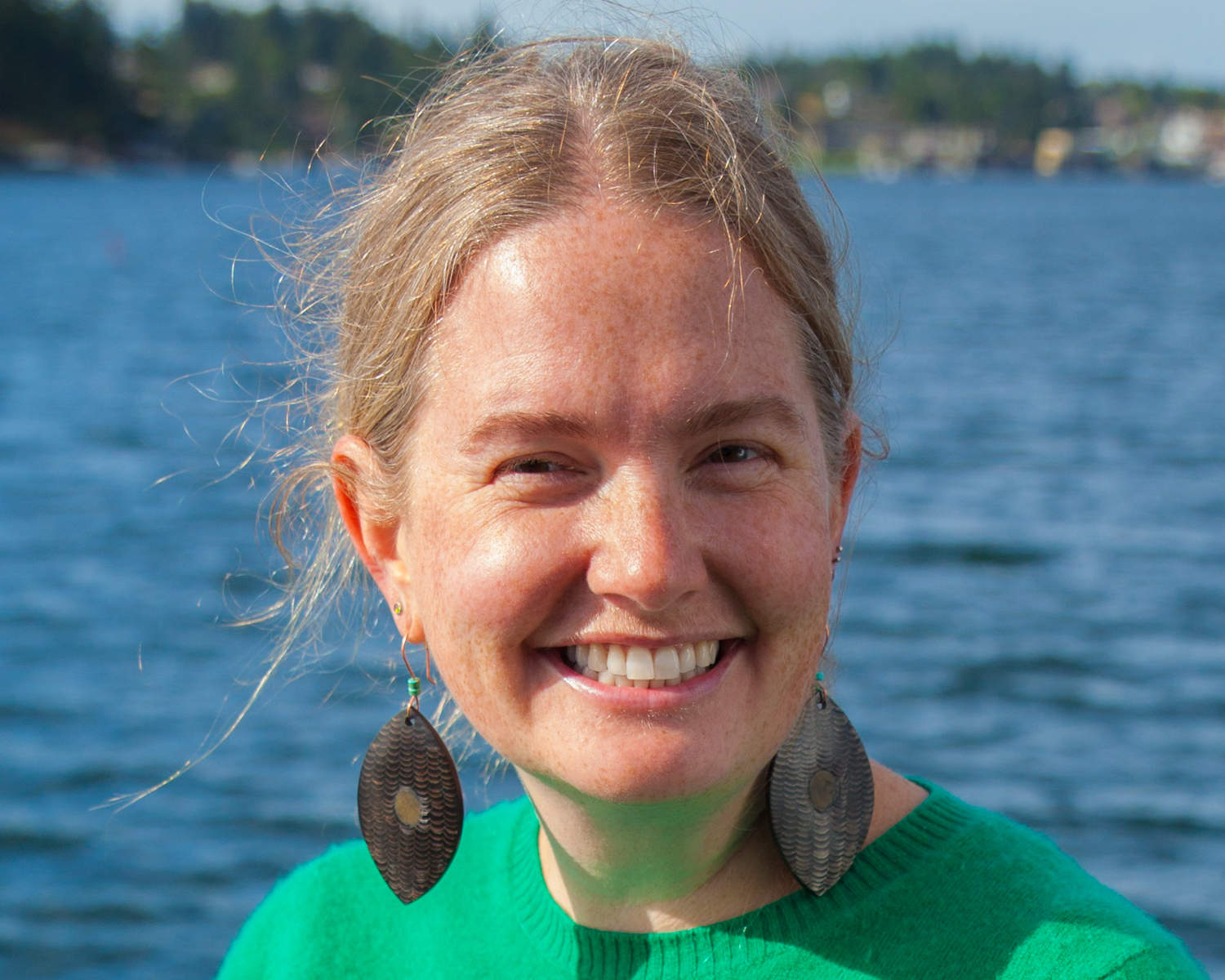
HILARY HAYFORD
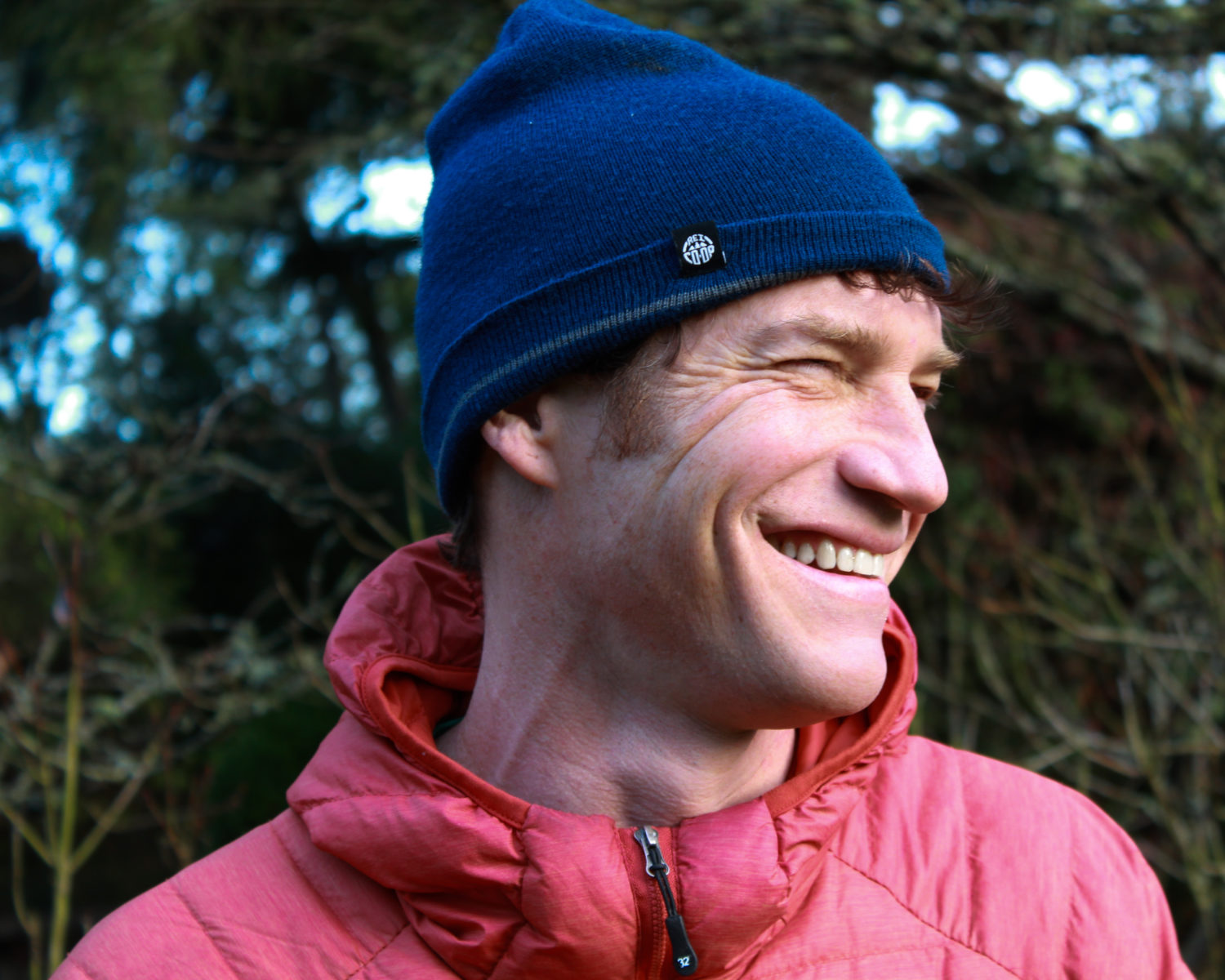
BRIAN ALLEN
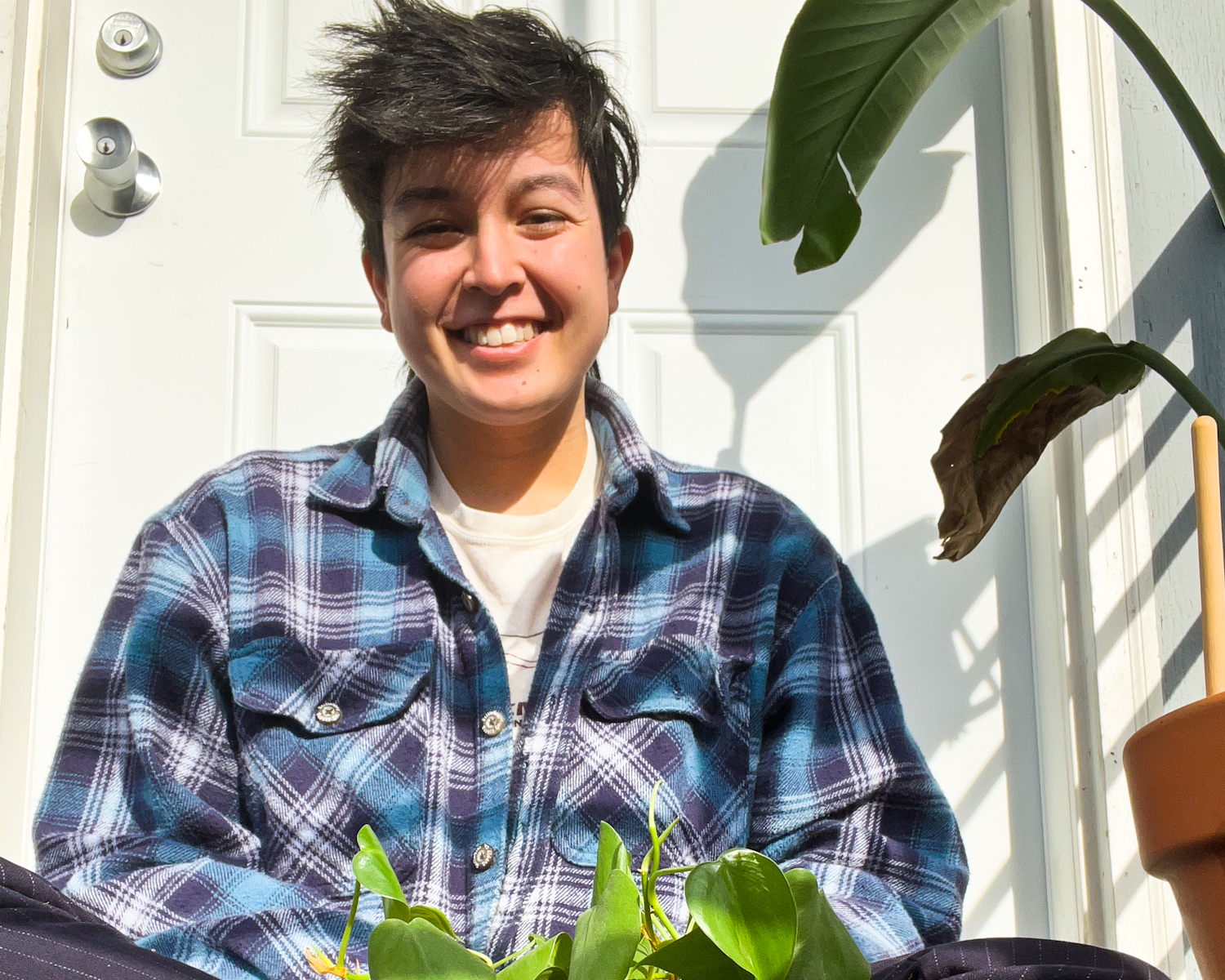
JESSI FLORENDO

KARI INCH
